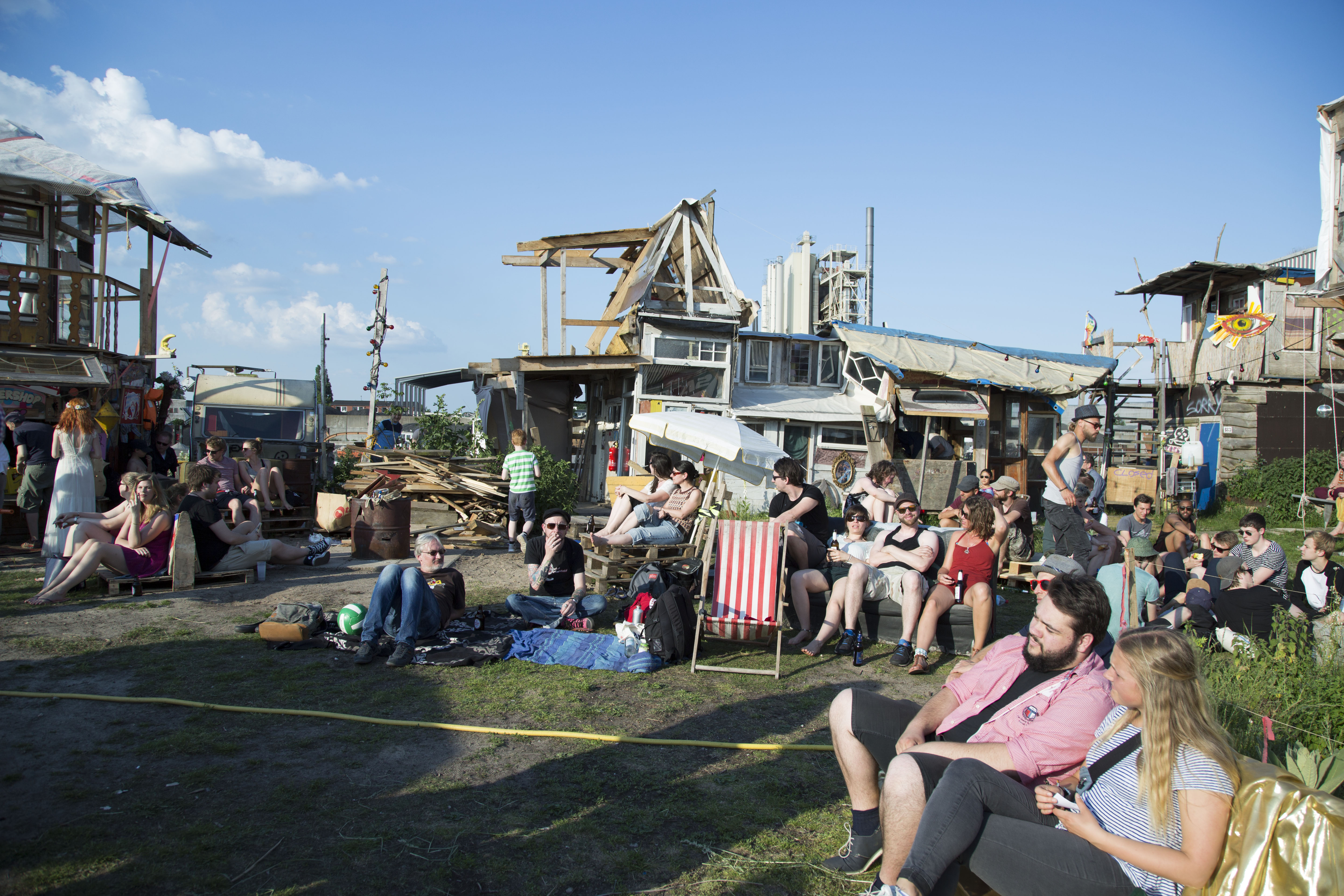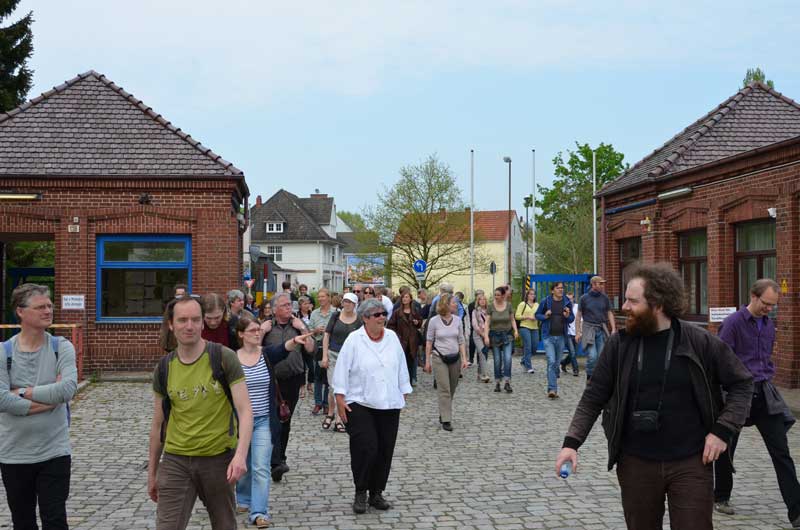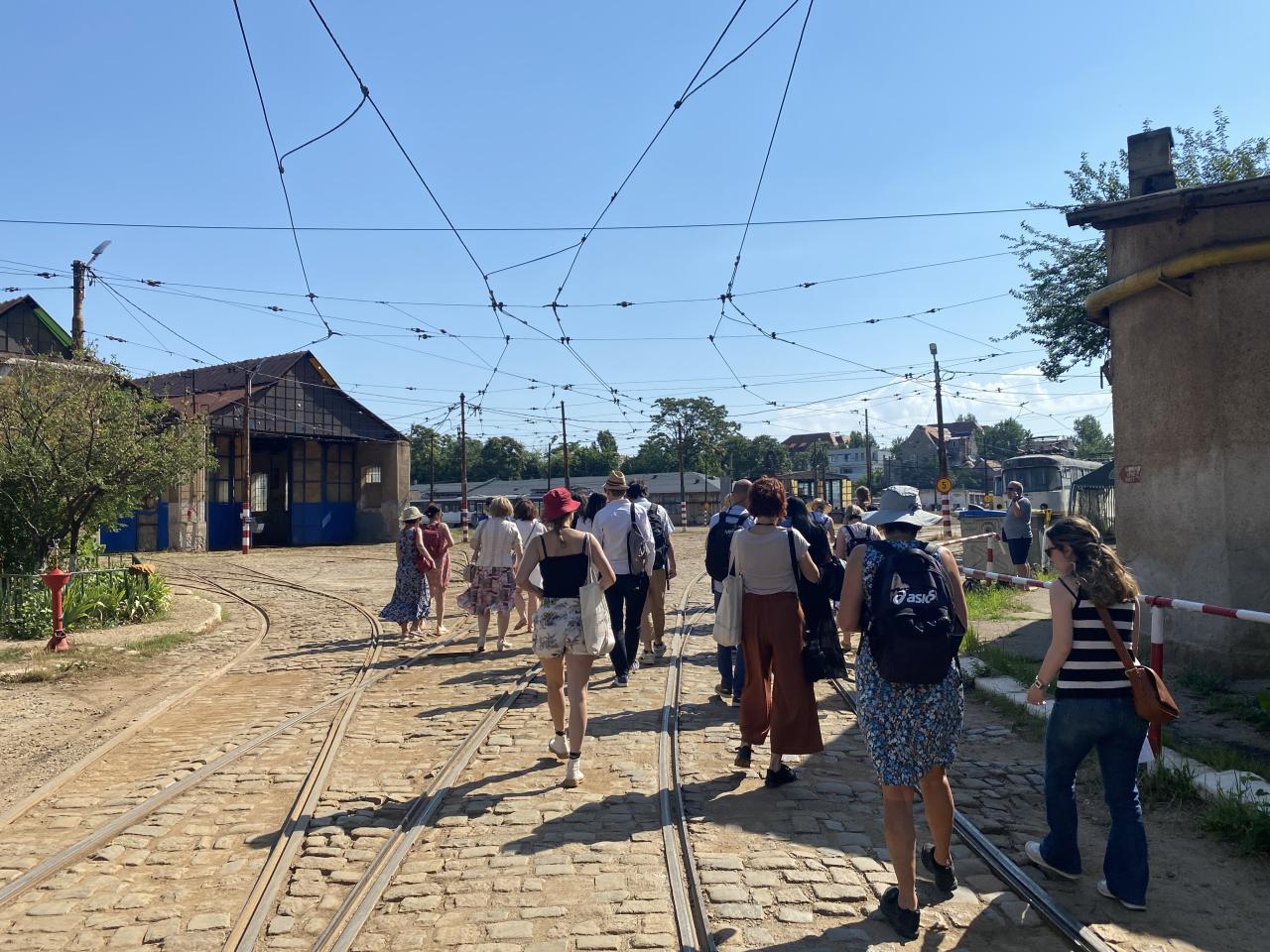Temporary use is the new normal
Over the last few years, temporary use has become an established part of the European approach to address the challenges of vacancy. It has been directly addressed in the Urbact II Network TUTUR and the URBACT III network REFILL, the Horizon 2020 project T-Factor and the ongoing Interreg project Impetus. It has also been partly addressed in several other networks that work on the further use of brownfields, military barracks, industrial heritage and comparable topics.
All over Europe it is a relevant topic, from large cities to small towns as well as rural areas. Public administrations, voluntary organizations and economic enterprises are working on its implementation. The aims extend beyond just filling vacancies. They include the short-term attraction of empty shops for pop-up businesses, the support of creative industries as a driving force of transformation, the strengthening of social cohesion through easy accessible meeting points as well as the change of mindsets through artistic interventions.

Pioneers at a former harbour site in Bremen. Experimental first use of the DieKomplette Palette, now long term established festival site (www.dkp.online)
Short facts of temporary use
Because of its variety it is difficult to define temporary use. As an approach for this article there are some parameters given:
Space
Temporary uses operate on brownfields and buildings that lost their original use. They can be set up in vacant shops, former factories, in shopping centers or open spaces.
Duration
Temporary uses vary in their duration. They can last for a few weeks or can be ongoing for months or even years, always with the challenge of not knowing for how long. It is essential that temporary uses end at a certain pre-defined date or within a short cancellation period.
Conditions
Temporary uses just pay for running costs (heating, electricity, water, insurance, taxes). The spaces are basically used in their existing shape. The places are primarily available to users who cannot afford regular rent or for other reasons cannot access a comparable site.
Stakeholders
The stakeholders mainly involved are the owners of an estate and those willing to use it. The temporary use is regulated between them in a contract.
The local administration is involved in the case of regulation, allowances and general planning issues. The neighborhood and local policymakers should be involved to promote the ideas, gain feedback on the project and possibly as users and makers of these spaces.
Organization
The coordination and support of this projects may need to be done by specific stakeholders who moderate between different issues, help in the implementation of projects and provide technical support.
Limits
Temporary uses are not a substitute for a proper long-term use, settled financing or proper participation of the public. They can be set up short-term to provide ideas and demonstrate possibilities. Over time, these uses have the potential to evolve into long-term solutions, but will require proper financing, structures and additional resources.
Financing
Especially because a lot of people work voluntarily on temporary uses, it cannot be expected that they fulfill certain governmental aims and are a substitute for administrative work. Artists and other cultural stakeholders should be properly financed, as they often already work for little money.
In general, even though this is not a threat in every place, cities have to be aware, that temporary uses are not used for gentrification processes but, in the best case, are protected for long-term use.
In the context of URBACT / GreenPlace
Temporary uses are an efficient way to test the usability of defined areas or the proposed uses without already changing the place and investing a lot of money. They can start more or less immediately and use the existing structures. During the course of the project, it can be proven if a site is accessible to the citizens and if it attracts the intended users. The presence of a temporary use can raise awareness and attract people to areas that were previously unknown or had a bad reputation. For buildings, temporary uses are a good way to evaluate the demand for certain types of places and rooms, e.g., bright, big atelier spaces for artists or small, well-equipped offices for startups, workspaces for crafts, or storage. This can be used to adapt future plans and infrastructure. Temporary use can set up an experimental situation in which people from the community take part, discover, explore and use the potentials without committing themselves for a long period.

First Opening of the gates of a former wool factory in Bremen-Blumenthal. Invitation to the neighborhood to discover thishidden place as a starting point of a temporary use project.
Especially in the case of testing actions, temporary uses can be an instrument to implement them. All kinds of activities that attract people to sites can be assigned in this context. This can be artistic interventions, that just change the perspective on a place for a certain time as well as workshops or events, that invite people to visit a site. For abandoned buildings on the sites temporary, uses are a way to test new and different uses for a week or maybe a month. Intense use with many activities in a short time is preferable as it thickens attraction. Conceivable uses include setting up temporary offices, hosting sports activities or organizing workshops for kids and the elderly. By being visible through public projects, temporary uses can attract new members to the ULG on-site and foster greater acceptance for the promised projects.
Regarding the GreenPlace network, some of the partner cities already have experience with temporary uses within the chosen project sites, as well as in general. Other partner cities are interested in employing temporary uses for testing actions or activating their selected sites. Within the testing actions there are some one-day events designed to raise awareness of the sites and attract the public and new stakeholders to the ULG. These can serve as a starting point for ongoing initiatives at these sites. For other partner cities, temporary uses can provide an opportunity to create access to the sites that are currently closed, potentially starting with small areas within the larger site and leading to further developments. Generally, temporary uses can be an instrument to support local initiatives in the fields of green economy, education and preservation, leveraging existing potentials while reducing the need for new structures.
Submitted by: Olivier Hasemann


